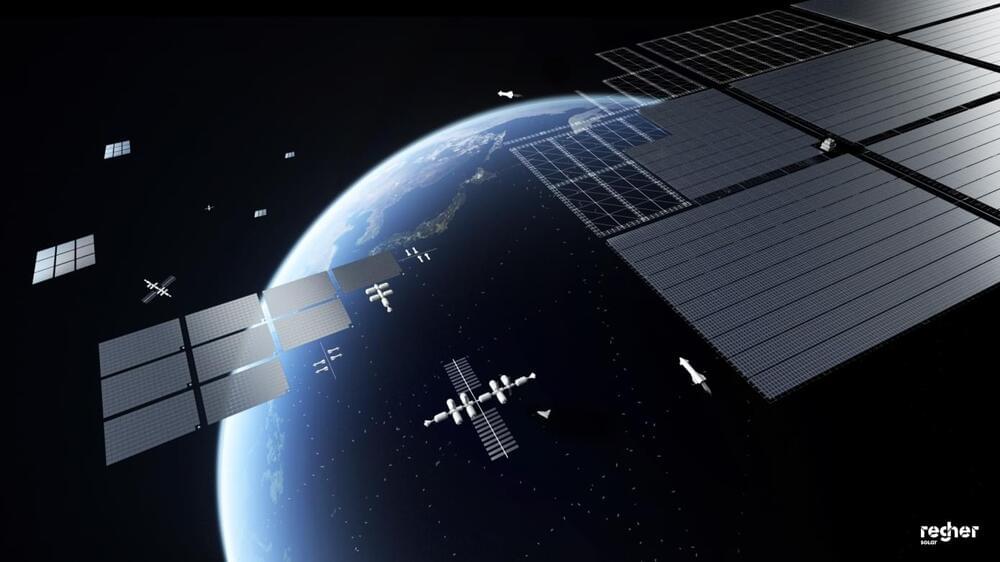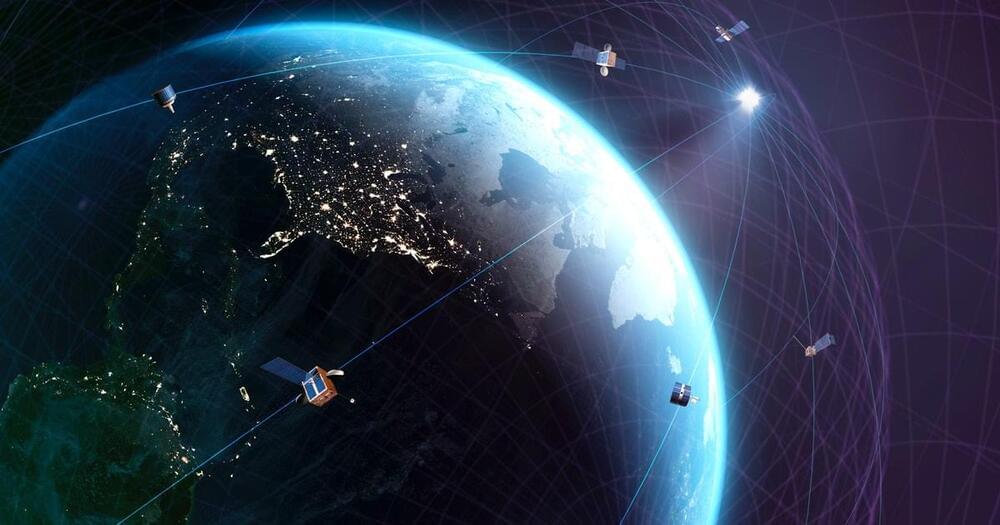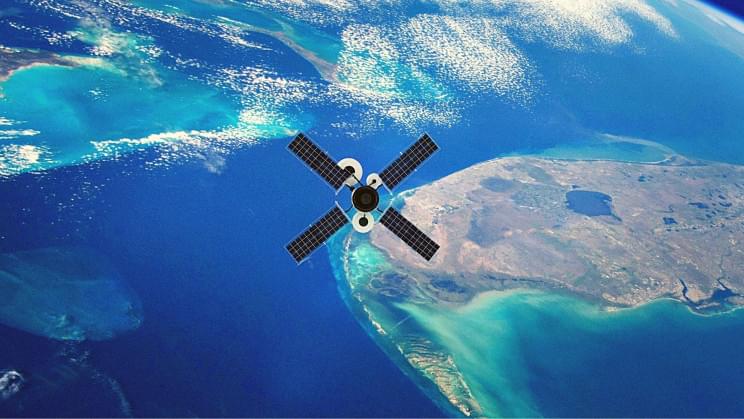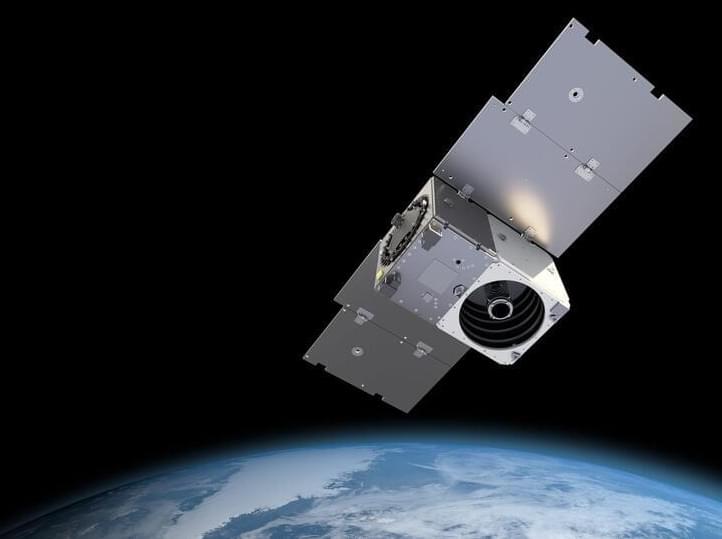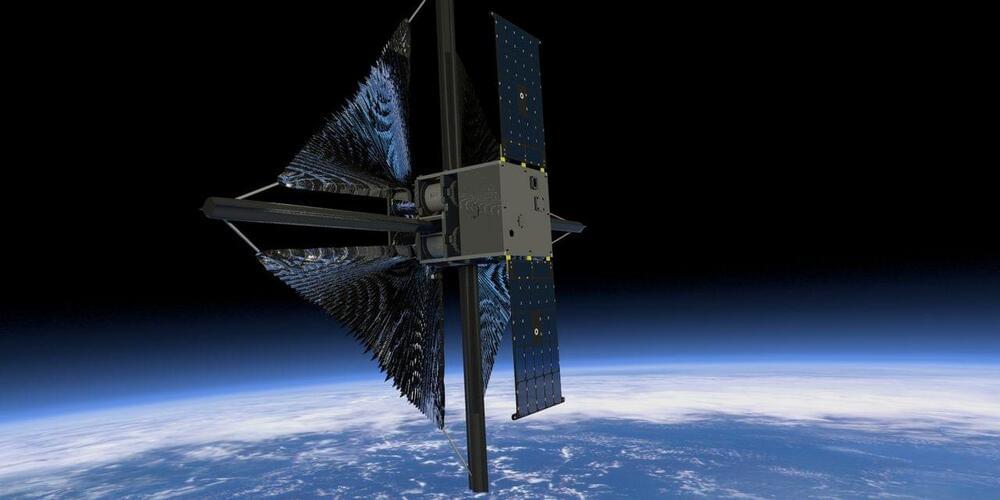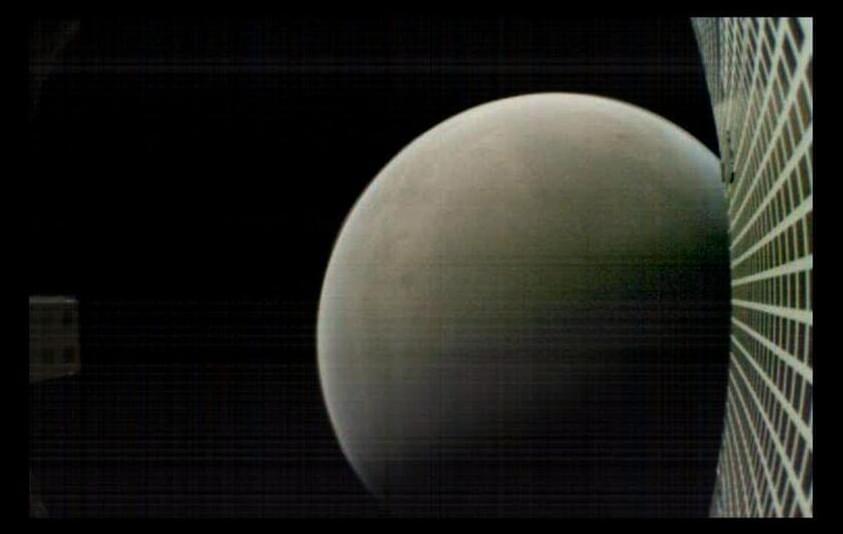Oct 15, 2021
How solar rockets can bring Uber to Musk’s Mars city
Posted by Atanas Atanasov in categories: satellites, solar power, sustainability
One emergent company, Virgin Orbit wants to switch from a fuel-burning upper stage to solar energy, a move that could support future human habitats on other planets.
https://www.youtube.com/watch?v=eYImjgBF2oM
The satellite launch company has made a name for itself with its visually striking rocket launches. Strapped to the wing of a Boeing 747 the LauncherOne rocket doesn’t need the same launch pads and infrastructure as its competitors.
Continue reading “How solar rockets can bring Uber to Musk’s Mars city” »

